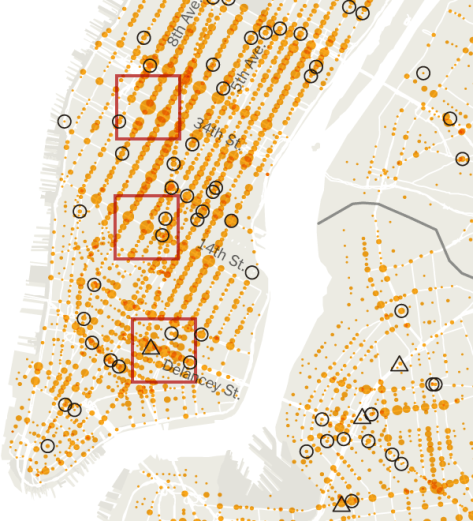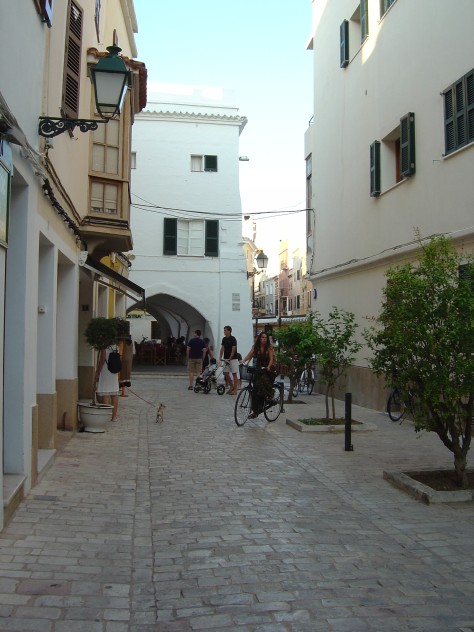I think that the first cities where designed by and for pedestrians, these cities were walkable and made for being occupied. Now, these cities are a nightmare for drivers.

After the invention and democratisation of cars, the design of cities has been subjugated to this machine. Cities are designed and modified in order to become car-friendly; and people, meaning pedestrians or cyclists, have been relegated.
The future (or actual) energy crisis will be a great opportunity to reconquer the city and start designing for people again. We need public spaces designed to be used and reconnect communities.
Apparently, cyclists have started already in New York. This NY Times article shows how NY city has lots of problems with accidents and how car speed is directly related to deaths in streets.

These deaths are produced for the collision of the car-friendly city with the most ancient ways of transport in urban areas. The speed of vehicles as well as the poor education of drivers towards the priority of pedestrians and cyclist versus cars is what is causing these accidents.
Now we need our governments and councils to act in order to transform our cities in more anthropocentric ones. We need to be re-educated in the respect for the citizens and its more fragile ways of transport around the city. We need spaces to move and stay safely.
